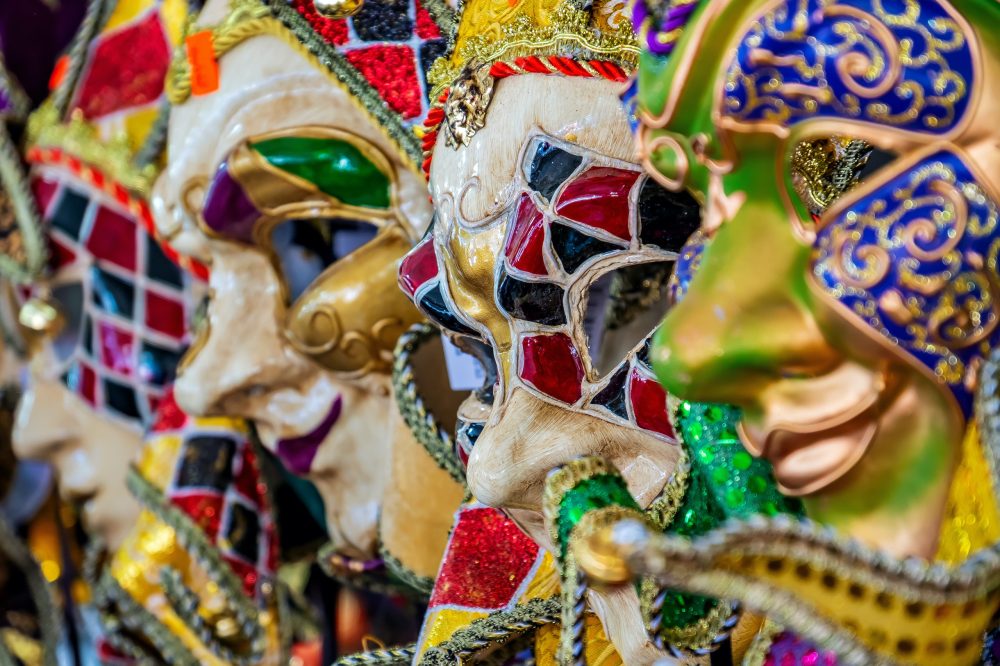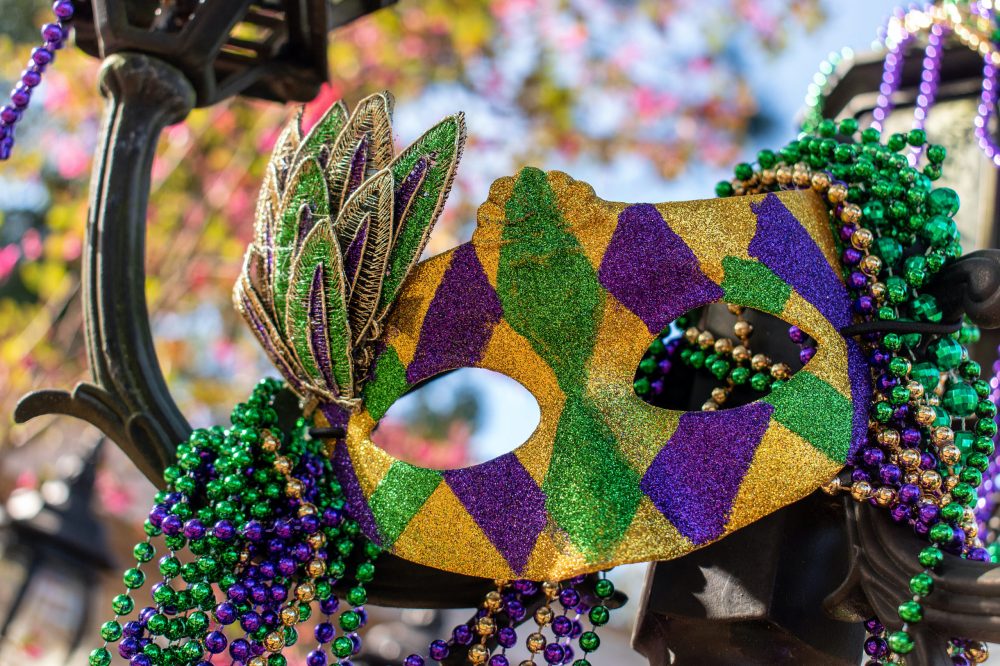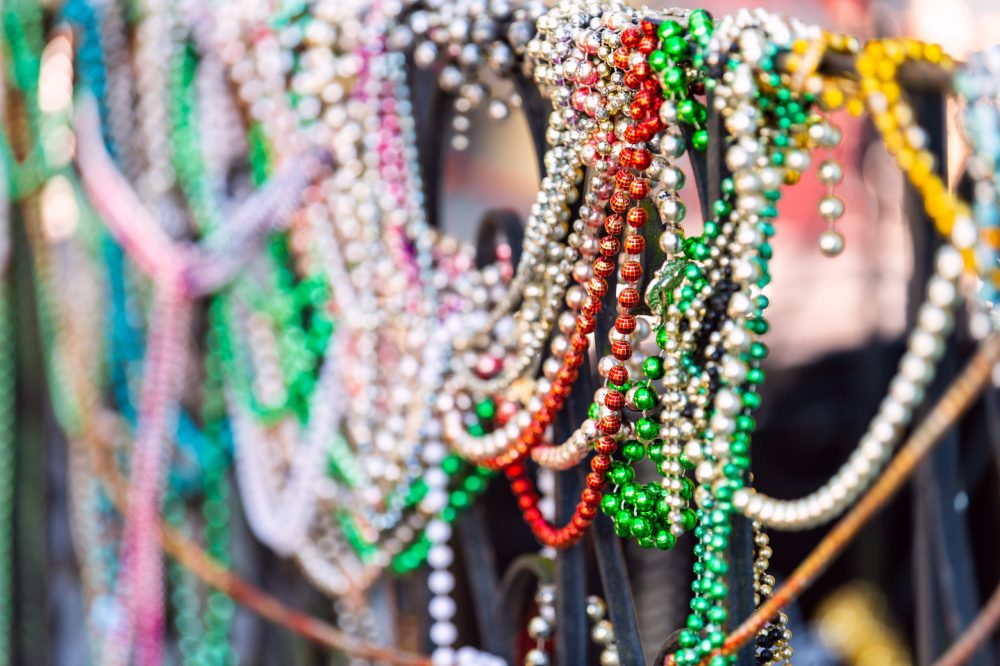Krewes: The Famous Social Clubs Behind New Orleans Mardi Gras Parades

Each Mardi Gras season, the streets of New Orleans come alive with colorful, boisterous parades that wind their way throughout the city. But who exactly is behind these can’t-miss celebrations? New Orleans krewes (pronounced “crews”) are the groups responsible for the elaborate floats and costumes. Every krewe throws its own parade during the weeks leading up to Mardi Gras, each one with a unique theme and sometimes decades-old history.
There are hundreds of parades in New Orleans during Carnival season, but here’s a guide to some of the most notable Mardi Gras krewes whose names are synonymous with the holiday itself.
What Are Krewes?
Krewes aren’t just groups of parade-lovers. They’re social organizations that take membership and parade responsibilities seriously. While some charge a fee to join (sometimes thousands of dollars a year per person), others require a more stringent application process that involves getting on the good side of the krewe’s elders. There are even krewes restricted to one gender, like the Krewe of Endymion (men only!).
Krewe members often make their own costumes, build parade floats, and help plan the finer details of the Mardi Gras festivities. Those who participate in the parades throw thousands of items into the crowd. From beads and doubloons to cups and toys, each krewe has their own signature “throws.” A few of the more notable New Orleans krewes hire professionals to design their over-the-top floats and costumes.
Some of the elite krewes have danced the streets of New Orleans for decades, while others are relatively new to the Mardi Gras scene in the Crescent City. The older krewes are referred to as old line krewest, while super krewes typically possess over 1,000 active members and at least 500 parade participants.
Many of the city’s most famous krewes are named after popular figures in Greek or Roman mythology, like the Krewe of Bacchus, named after the Roman god of wine – pretty fitting for Mardi Gras, if you ask us.

Famous New Orleans Mardi Gras Krewes
If you’re planning a trip to New Orleans for Mardi Gras, take a look at the parade lineup and be sure to catch at least one of these notable krewes!
Krewe of Endymion
One of New Orleans’ super krewes, the Krewe of Endymion was founded in 1967. Named for Endymion, a figure from Greek mythology who was granted eternal youth by Zeus, this krewe hosts one of Mardi Gras’ most anticipated parades each year. The parade doesn’t start until evening, but locals start to stake out their spots along the route early in the morning for a good vantage point.
The Krewe of Endymion estimates that they toss millions of throws throughout the route. In fact, their motto is “Throw ‘til it Hurts.” In recent years, they’ve welcomed celebrities like Steven Tyler and Maroon 5 to join in on the festivities.
Krewe of Bacchus
Founded in 1968, the Krewe of Bacchus knows how to party. With funny float names like the Bacchasaurus, Bacchagator, and Bacchaneer, the Krewe draws crowds in the hundred thousands every year. They hold their parade on the Sunday before Mardi Gras day in Uptown New Orleans. See if you can spot Greek god of wine Bacchus, typically portrayed by a celebrity guest. In the past, the Krewe of Bacchus has hosted Will Ferrel, Bob Hope, and other big names.

Krewe of Zulu
This African American krewe celebrates its culture and history with grass skirts and its famous coconut throw. If you happen to catch one, you basically become Mardi Gras royalty on the spot.
The krewe’s origin can be traced to 1909 when a group of laborers saw a musical comedy about the Zulu Tribe. The men gathered after the show and emerged as Zulus. They portrayed the Zulus during Mardi Gras that year, and since then, the krewe has evolved into the social club it is today.
The Krewe of Zulu crowns kings, often portrayed by well-known members of society. Louis Armstrong was the most famous Krewe of Zulu king back in 1949.
Mardi Gras Indians
The Mardi Gras Indians are a secretive bunch – they don’t ever share their parade dates or routes in advance. You have to be in the know to catch this krewe in action, although their parade typically takes place in the same general area each year.
The Mardi Gras Indians mostly comprise African American members of NOLA’s inner city. Although they’ve paraded in New Orleans for over 100 years, their parade doesn’t get as much notoriety as those of other krewes. They keep their structure loose and parades are more casual. This is due in part to the fact that historically, slavery and racism prevented these communities from participating in Mardi Gras celebrations.

Krewe of Orpheus
Named for the son of Zeus and Calliope, this New Orleans super krewe was the first to allow both male and female riders. Harry Connick, Jr. and Harry Connick, Sr. are two famous founders of the krewe. If you happen to catch them in action, try to scoop up their most sought-after throws, including light-up medallion beads and stuffed dragons.
Krewe of Muses
Mardi Gras parades historically featured male riders only, but the Krewe of Muses is all about the ladies! They joined the parade scene in 2000 with their all-female social club named after the daughters of Zeus, patrons of the arts and sciences and inspiration for artists. The Muses do year-round philanthropic work and invite students to design the logos for their throw cups. Their signature throw is hand-decorated high heels!
These are just some of the big names in Mardi Gras. We’ll leave it up to you to find your favorite! Get ready for Mardi Gras 2022 with these tips about the parades.
